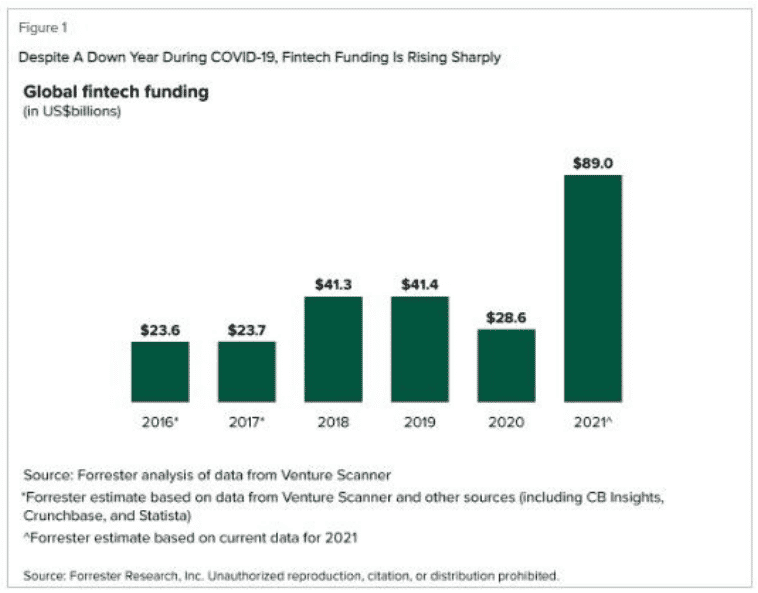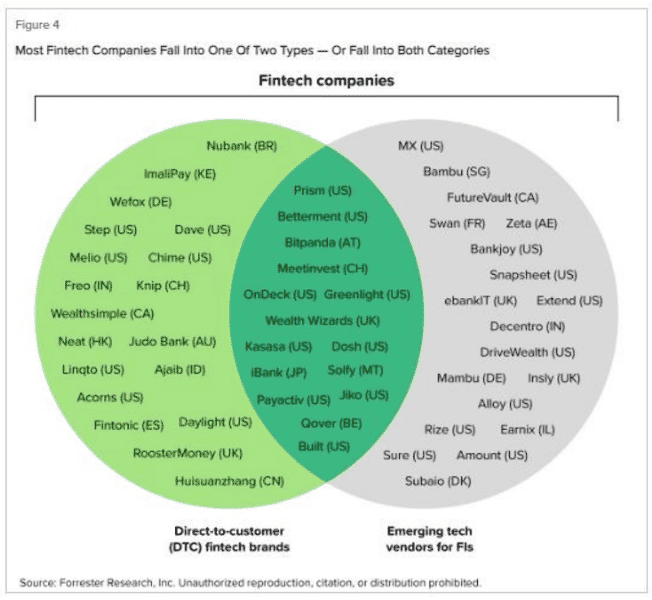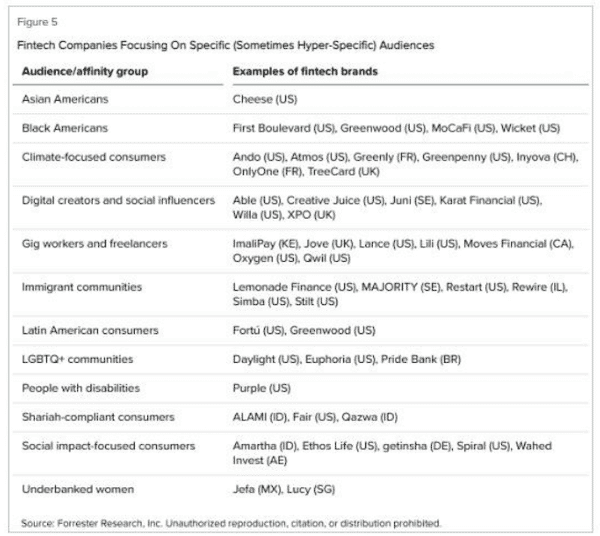The last few years have seen a full acceleration of technology, brought on largely by the pandemic. As the world began to shift towards a more digitized life, consumers became more comfortable than ever with using digital tools to carry out their daily tasks. This behavioral change extends to managing their finances.
Today, fintech is more connected than ever to digital advertising, enabling new opportunities to create and monetize its value. The digital transformation of the financial sector is here to stay and implementing new digital advertising strategies is growing more important than ever.
Forrester produced “The State of Fintech 2022”, a report that uncovers the impact and evolution of this sector.
Below are some of the report’s findings about the current fintech landscape and how fintech companies can further optimize their strategies to reach audiences and grow their businesses.
The rise of fintech in the wake of the pandemic
Since fintech first appeared on the scene, the sector is enabling consumers to manage their finances more easily online – forever changing their financial behaviors. Despite initial challenges during the pandemic, the fintech industry is booming like never before. At a time when shops around the world closed, the evolution of ecommerce developed new online shopping habits, ultimately driving the growth of digital payments.
According to Forrester’s analysis of the current state of fintech, the industry has grown from a trendy but little-known category of start-ups to something much more pervasive that everyone – businesses and consumers alike – want to be a part of. In fact, global Google searches for “fintech” increased more than 1,000-fold between 2014 and 2021.

Marketing for fintech
As more consumers explore and deepen their relationship with fintech solutions, fintech companies are identifying new ways to effectively engage and retain customers. Leveraging the power of digital advertising, fintech companies harness consumer data to target audiences with a wide range of innovative, personalized ads. By delivering consumers sophisticated digital ad experiences across their entire purchasing journey, fintech companies are then able to generate brand awareness and conversion.
According to Forrester data, most mobile banking customers in the US conduct transactional activities on mobile apps provided by their financial institution. As such, fintech companies who are looking to enrich their engagement with consumers should invest in digital marketing strategies oriented towards mobile. Due to its relevance and ease of use, the smartphone has become the ideal device for fintech companies to impact consumers with valuable content and advertising experiences.
Additionally, social media platforms are critical to meaningfully connecting with consumers and communicating the role of fintech to a wide audience. For fintech companies looking to grow beyond traditional financial institutions, it’s crucial to create engaging social campaigns that enable consumers to become more educated about fintech solutions, products, and the sector at-large.
Most fintech firms fall into two categories, and some fit into both
One category of fintech companies focuses on enabling established, traditional financial providers to deliver new digitally-savvy experiences to their customers. These companies build and design innovative technology capabilities and product solutions for other financial institutions to integrate into their company and serve end-users.
The second category of fintech companies focuses on serving end-users directly. It is important to note that many high-growth fintech companies under this category are not direct-to-consumer, but direct-to-customer. This means that the company focuses on serving small businesses, digital influencers and creators, or leaders at large enterprises. And finally, there are a multitude of fintech companies that fall into both categories.

Fintechs are inventing new ways to create and monetize value
With the fintech category evolving at a dizzying pace and more consumers than ever using its services, many fintech companies are identifying new audiences to serve.
According to the Forrester report, a new wave of emerging fintech companies are focusing on new, highly niche markets. For instance, some fintechs are targeting values-based customers by developing new value propositions, products, or efforts around environmental, social, and governance initiatives. Other fintechs are targeting economy-based markets such as the growing creator sector and gig workers by creating tailored products and experiences for their unique needs.

Fintech’s growth will continue for years to come
The days of new value propositions, product innovations, business models and technological capabilities within the world of fintech have only just begun. Much of fintech’s continued growth will be driven by creativity and a commitment to delivering enriched experiences to consumers. Forrester’s “State of Fintech 2022” report reveals that creativity not only generates novel ideas, innovative technologies, smart problem solving – but also catalyzes a growth mindset in companies to bring new tools and solutions to everyone.
As the fintech landscape continues to expand, fintechs aiming to grow their companies will benefit greatly from digital advertising and addressability – delivering relevant and personalized ads across the consumer’s buying journey.
For more information on the new fintech landscape, read the full “State of Fintech 2022” report here.















